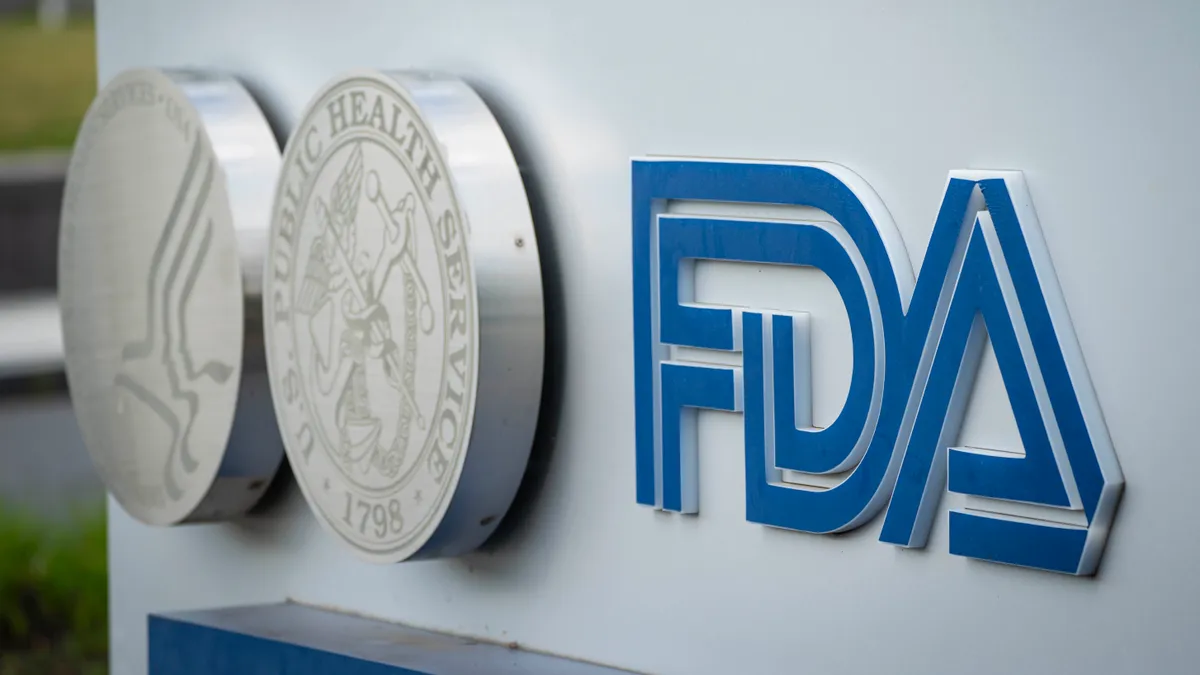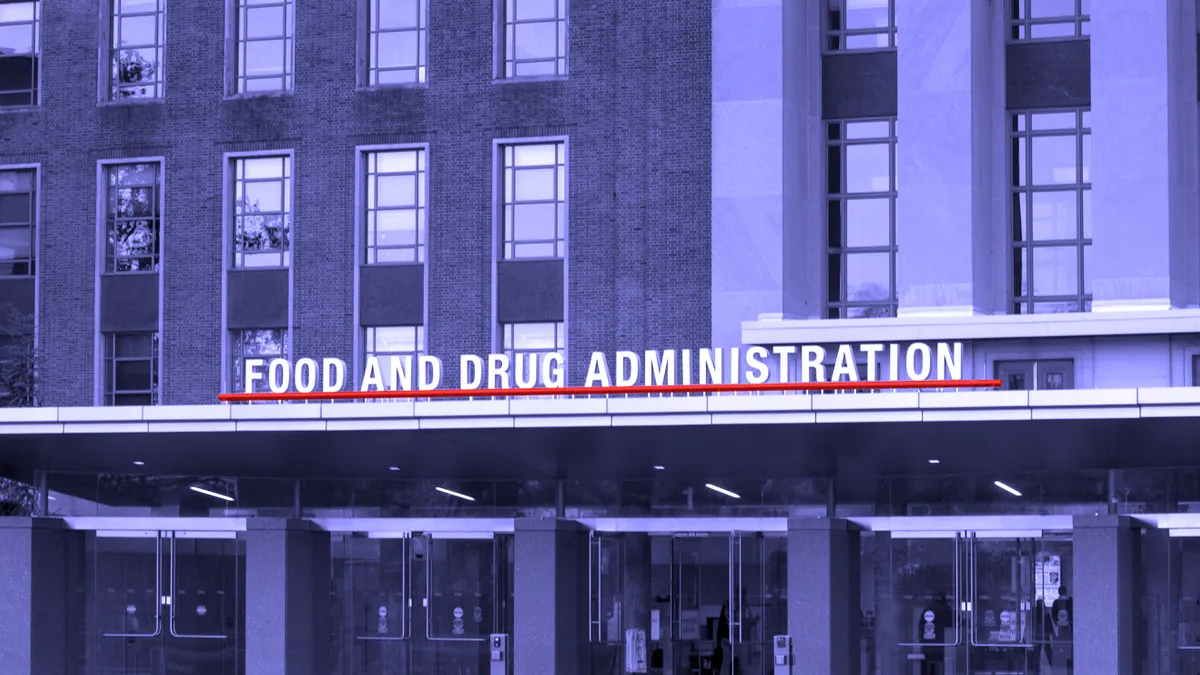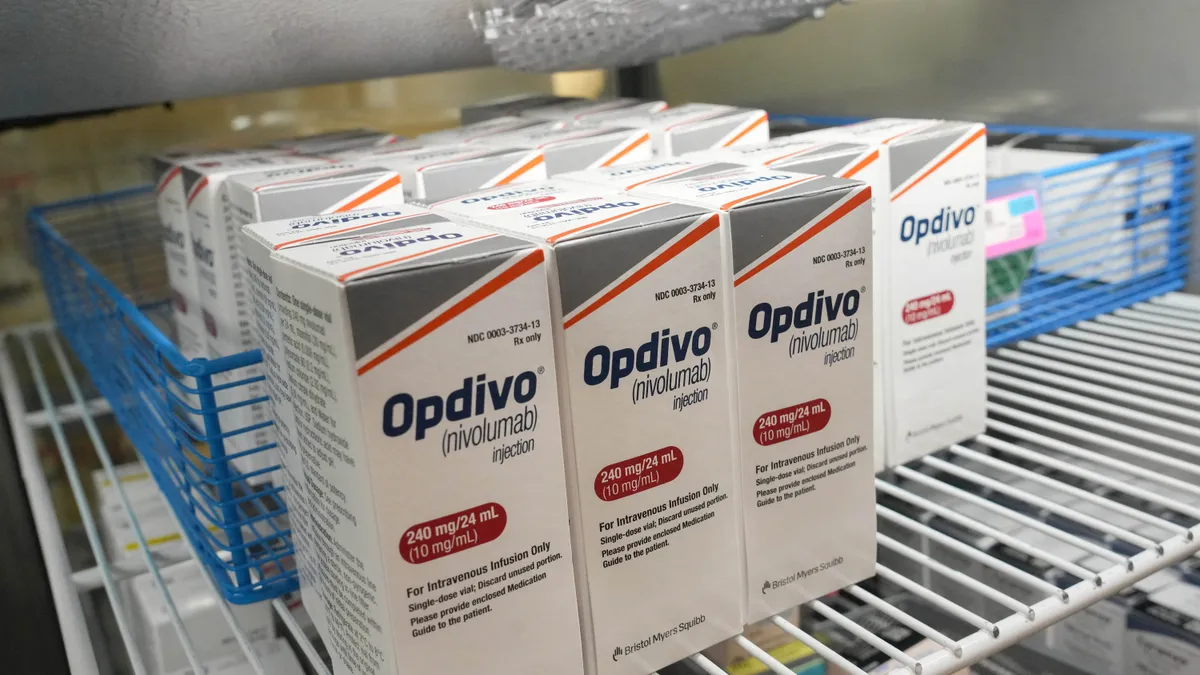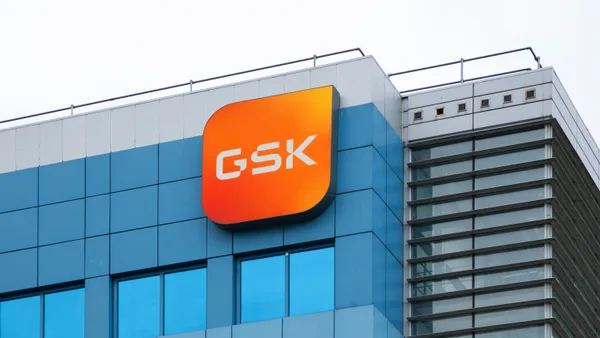Expert advisers to the Food and Drug Administration on Tuesday backed Johnson & Johnson’s Darzalex for people with an asymptomatic form of multiple myeloma that often progresses into more severe blood cancer.
Members of the Oncologic Drugs Advisory Committee voted 6-2 that the benefits of Darzalex’s use in high-risk smoldering multiple myeloma outweighed its risks. However, panelists wrestled with some controversial aspects of the Phase 3 trial J&J is using to ask for an expanded approval. Namely, FDA staff had flagged the trial’s inclusion of patients that could be classified as having a lower risk of progression, as well as an unclear survival benefit following disease progression.
The FDA isn’t required to follow the advice of its outside expert panels, but usually does.
Darzalex, cell therapies and a type of drug called bispecific antibodies have transformed treatment for people with symptomatic multiple myeloma over the last decade, adding years to average survival. But no treatment exists for those diagnosed with the early, smoldering form of the disease, which is marked by a high level of abnormal plasma cells or antibodies, but no symptoms like anemia or bone lesions.
Those with the highest levels of those biological markers are at greatest risk of progression, with as many as 85% becoming symptomatic within five years under some models that predict prognosis.
In testing Darzalex in smoldering multiple myeloma, J&J sought to prove treatment could delay progression into symptomatic disease, with secondary goals of showing it could help patients stabilize on follow-up treatments as well as live longer. In the AQUILA study, Darazalex hit that main goal, reducing the risk of progression by 51% in people who received a shot once every 28 days for up to three years compared with those who were actively monitored.
But Darazalex has not yet shown a benefit on the trial’s secondary goals. No statistically significant difference could be seen in progression-free survival on a first-line treatment after a diagnosis of active multiple myeloma, nor on overall survival. However, there was a numerical difference on both endpoints that favored those who received Darzalex during the smoldering phase of the disease.
J&J continues to conduct follow-up on survival among participants in the study, Mark Wildgust, J&J’s head of global oncology medical affairs, said in an interview ahead of the vote.
FDA reviewers questioned the validity of some of the findings, pointing out that J&J had used some outdated definitions of high-risk disease in its enrollment criteria. This meant 60% some trial volunteers could be classified as intermediate or low risk under different guidelines. The criteria could have artificially inflated its benefit and unnecessarily exposed study participants to Darzalex side effects like infections or nerve pain.
Wildgust noted that, regardless of the criteria used to stratify risk, the chances of disease progression by two years remains roughly a coin flip. “The question is, is the criteria that you're using able to identify a group of patients who have a high likelihood of going to full-blown symptomatic myeloma?” he said.
In casting their votes, the advisory committee acknowledged they were struggling with the mixed data and the downsides of Darzalex’s use in people at lower risk.
“There's a group of patients that we’re overtreating, and a group of patients that we're undertreating,” said committee member Neil Vasan, a New York University oncologist, who voted no. “We don't really have great data right now to understand who those people are.”
Mark Conaway, a public health professor at the University of Virginia, voted yes despite acknowledging the uncertainty. “I don't think there's any doubt that there is a high-risk population for whom the benefits outweigh the risks, even if we don't know exactly what that population is,” he said. “At the moment, I'm confident that there will be some resolution of that.”
J&J asked for FDA approval in smoldering multiple myeloma in November 2024. Standard review of a drug application takes up to 10 months from the date the FDA accepts it.















